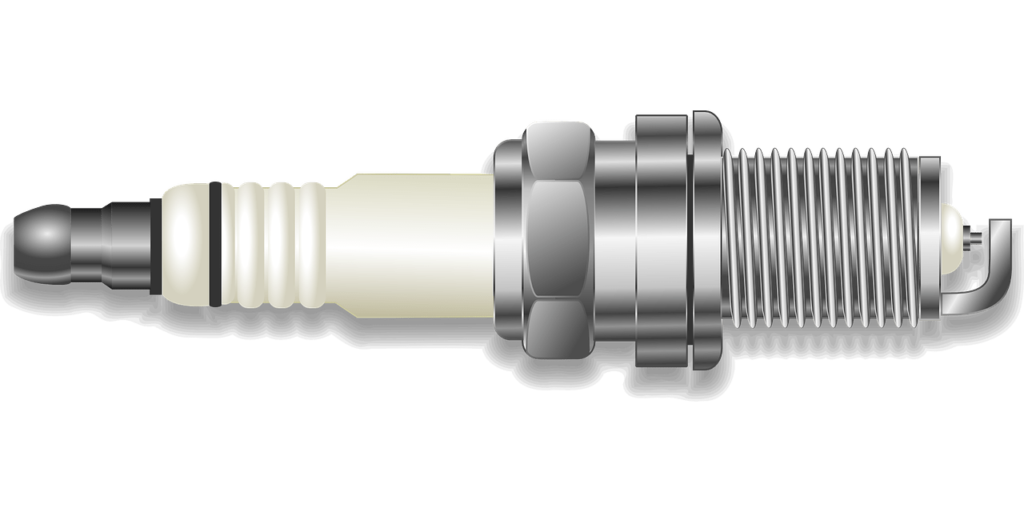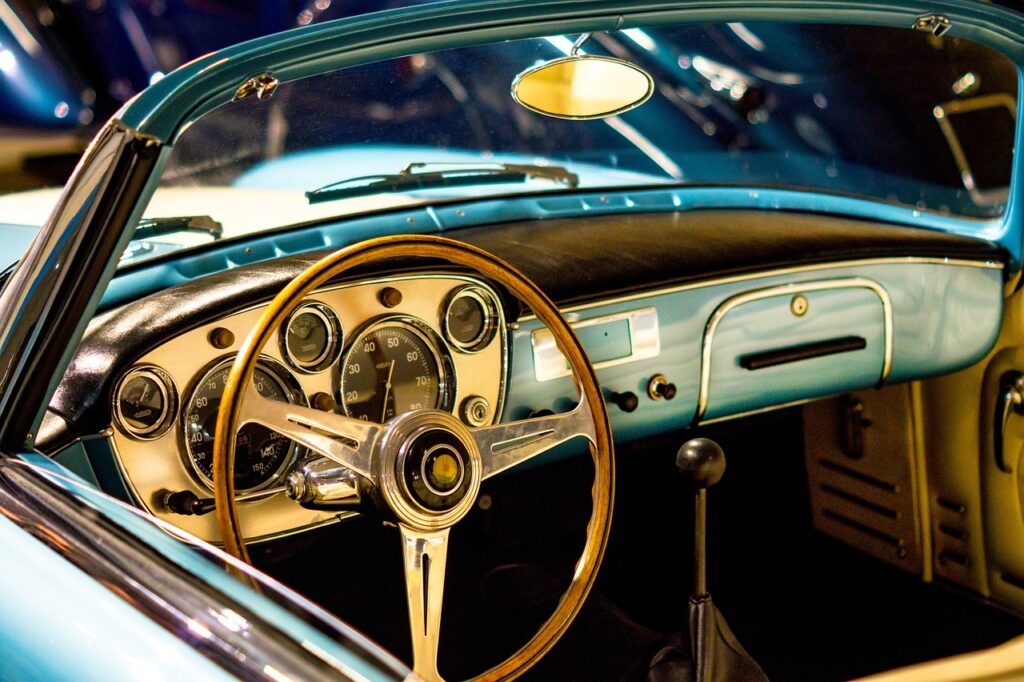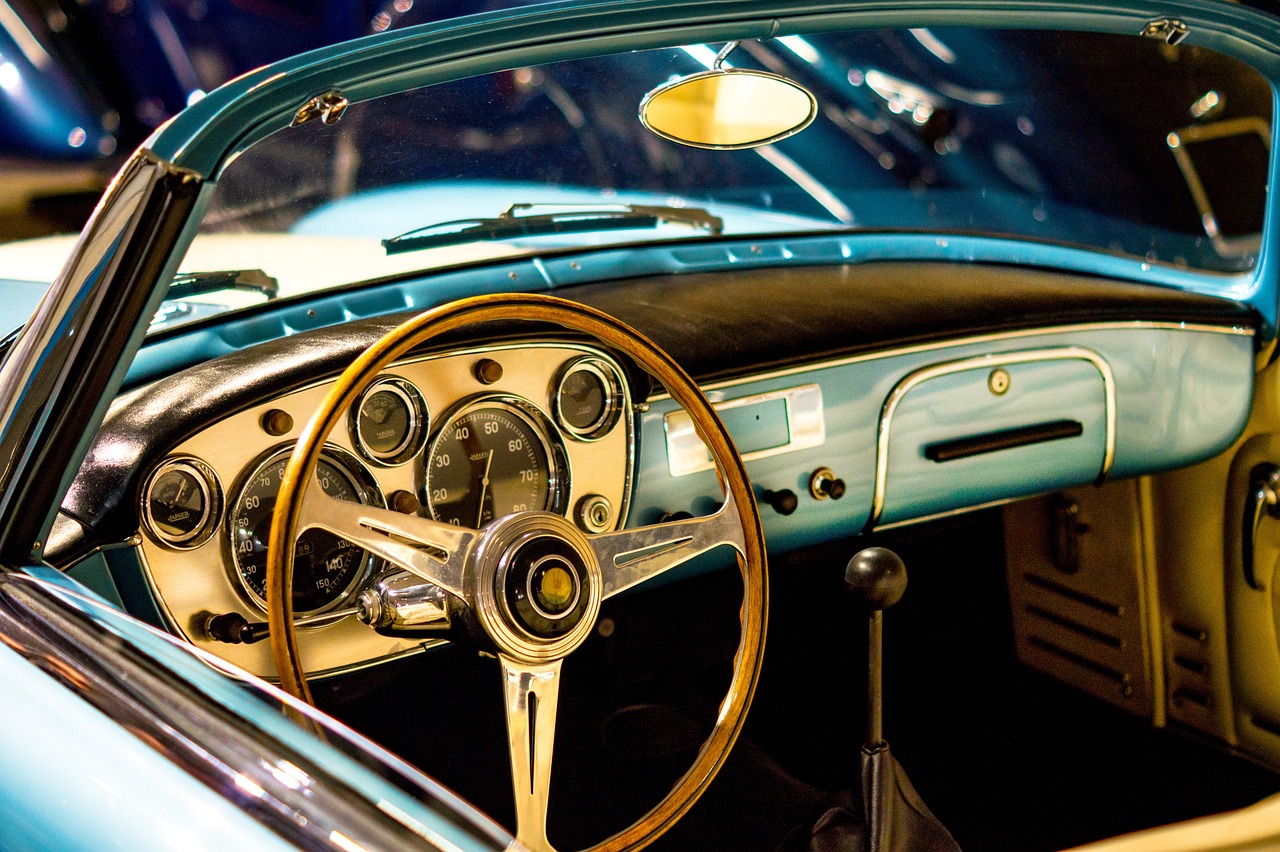Welcome to a guide on choosing the right motors for mechanical artwork! When bringing your creations to life with moving parts, selecting the perfect motors is crucial for ensuring smooth operation and longevity. From small hobby projects to large-scale installations, understanding the different types of motors available and their specifications will help you create stunning and dynamic pieces that captivate audiences. Join us as we explore the world of motors and unleash the full potential of your mechanical artistry! Hey there! Are you looking to add some movement and life to your mechanical artwork? In this article, we will guide you through the process of choosing the right motors for your next project to bring your creations to life. Let’s dive in and explore the world of motors for mechanical artwork together.

Understanding the Types of Motors
Let’s start by exploring the different types of motors that are commonly used in mechanical artwork. From servo motors to stepper motors, each type has its unique characteristics and applications. Understanding the differences between them will help you make an informed decision.
Servo Motors
Servo motors are popular choices for mechanical artwork due to their precision and control. They are able to rotate to a specific angle based on the input signal they receive. This makes them ideal for applications that require accurate positioning, such as moving parts in kinetic sculptures or animatronic displays.
Stepper Motors
Stepper motors are another common choice for mechanical artwork, especially for projects that require precise control over movement. Unlike servo motors, stepper motors move in discrete steps, making them great for applications that need to precisely control speed and position. They are often used in projects like robotic arms or rotating displays.
Factors to Consider When Choosing Motors
When selecting the right motors for your mechanical artwork, there are several factors to keep in mind. From torque and speed to power consumption and size, each aspect plays a crucial role in determining the best motor for your project. Let’s break down these factors to help you make an informed decision.
Torque
Torque is a critical factor to consider when choosing motors for mechanical artwork. It determines the motor’s ability to move and rotate different parts of your creation. Higher torque motors are suitable for projects that require moving heavier objects or overcoming resistance.
Speed
The speed of the motor is another important consideration. Depending on the desired movement in your artwork, you may need a motor that can achieve high speeds or one that operates at a slower pace. Make sure to match the motor’s speed capabilities with the requirements of your project.
Power Consumption
Power consumption is a key factor to consider, especially if your mechanical artwork will be running for extended periods. Choosing a motor with efficient power consumption will help reduce energy costs and ensure the longevity of your project.
Size
The size of the motor plays a significant role in determining where it can be installed in your mechanical artwork. Consider the space available and choose a motor that fits comfortably while still providing the necessary torque and speed for your project.
Matching Motors to Your Artwork
Now that you have a better understanding of the types of motors available and the factors to consider when choosing one, it’s time to match the right motor to your specific artwork. By carefully evaluating the requirements of your project and the capabilities of different motors, you can ensure a seamless integration that brings your creation to life.
Kinetic Sculptures
For kinetic sculptures that require smooth and fluid movements, servo motors are often the preferred choice. Their ability to move to specific angles and positions with precision makes them ideal for creating dynamic and captivating displays that capture the viewer’s attention.
Automatons
If your mechanical artwork involves animatronic displays or moving figures, stepper motors may be better suited for the job. Their ability to move in precise steps allows for intricate movements and gestures, bringing characters to life in a realistic and engaging way.
Rotating Displays
For projects that involve rotating displays or spinning elements, stepper motors can provide the control and accuracy needed to achieve smooth and consistent movement. Their ability to move in precise increments makes them an ideal choice for ensuring that rotating components align correctly and operate smoothly.
Tips for Installing and Maintaining Motors
Once you have selected the right motors for your mechanical artwork, it’s essential to properly install and maintain them to ensure optimal performance and longevity. Here are some tips to help you with the installation and maintenance of your motors:
Proper Installation
Follow the manufacturer’s guidelines and instructions when installing the motors in your artwork. Ensure that they are securely mounted and aligned correctly to prevent any issues with movement or operation. Proper installation will help maximize the motor’s efficiency and performance.
Regular Maintenance
Regular maintenance is crucial to keeping your motors running smoothly and efficiently. Clean them periodically to remove any dust or debris that may interfere with their operation. Check for any signs of wear or damage and address them promptly to prevent any issues from escalating.
Lubrication
Lubricating the moving parts of your motors is essential for reducing friction and extending their lifespan. Use the appropriate lubricant recommended by the manufacturer and apply it as needed to keep the motor running smoothly and prevent premature wear and tear.

Conclusion
Choosing the right motors for your mechanical artwork is an exciting and rewarding process that can enhance the visual appeal and interactivity of your creations. By understanding the types of motors available, considering key factors like torque and speed, and matching motors to your specific artwork, you can create dynamic and engaging pieces that captivate and inspire viewers. Remember to follow the tips for installation and maintenance to ensure the longevity and performance of your motors. Have fun experimenting with different motors and let your creativity flow as you bring your mechanical artwork to life!

